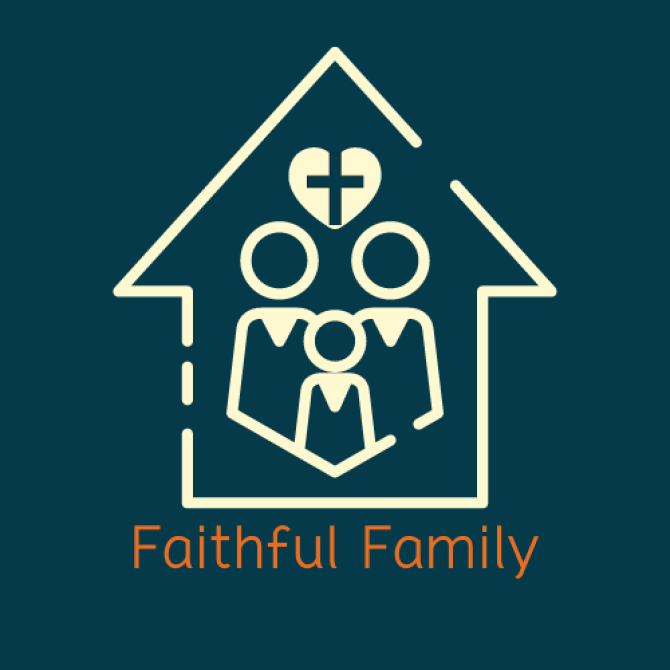
The Family's Guide to Corporate Worship with Little Ones
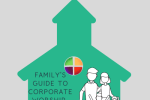

“Blow the trumpet in Zion; consecrate a fast; call a solemn assembly; gather the people. Consecrate the congregation; assemble the elders; gather the children, even nursing infants. Let the bridegroom leave his room, and the bride her chamber.”-Joel 2:15-16
Some people wonder and ask “should I bring my little ones into church?” And the answer is a resounding “absolutely!” We are a family of God’s children and as such we want each person to participate in worship together just as families of all ages worshipped together throughout the Bible (Ex. 12:24-27; Deut. 16:9-14; Deut. 31: 9-13; Josh. 8:34-35; Ez. 10:1) and God commanded in the Joel text above. We welcome your family and strongly encourage you to use this guide to help aid you in training your child(ren) what corporate worship is and how everyone can participate. We’re glad you’re worshiping with us!
Location! Location! Location!
Imagine you were three feet tall and sitting in church. What would you be able to see? You might not even be able to see over the pew in front of you but you most likely can’t see over the row of people’s back sides that are in your sights whether you’re standing or sitting. Location really is important. Being near the front of the worship area allows your child to see what’s happening and have an easier time paying attention to what’s going on. If they can’t see the “main thing” that’s going on, they are more easily focused on other things (true for adults too). We strongly recommend that your family move to the front of the worship area. Yeah, we get that kids have to go out sometimes and it’s further to walk, but we really, really like your kids being a part of what’s happening and we don’t mind at all. If your little ones still need a boost to see better, let them sit on your lap, on their knees (or even bring their booster seat from home.) Try sitting in the front first…it works with the ‘splash zone’ at Sea World!
Do You See What I See?
The worship area is full of things to look at. It can be over-stimulating for children but it can also be a great way to engage them in what’s happening. Whisper in their ear when you see something going on. Ask if they see it too. Describe it. Tell them what it’s called and why we use it. When you see new things in church, ask if they noticed any new things that day. (Regular worship items are included in the reference list below.) If you don’t know what something is, take your child to ask someone together. Does this mean you might have a lot to whisper during the service? Yep! But when it comes to shaping the next generation for a life of faith, whispering is something to be celebrated!
Monkey See, Monkey Do
Kids are exceptional at doing what we do. They are always watching us! This comes in handy when we want them to learn how to be a part of a corporate worship service. If you’re standing, have them stand too (or hold them). If you’re sitting, have them sit too. If you’re following along with the Scripture reading, show them where it is in the Bible so they can see it too. If you’re singing, clapping, raising your hands in worship or folding them in prayer, prompt your child to do the same. When you have little ones learning to read, grab a bulletin or the hymnal and lead them along the pages with your finger. This will help them be a part of what’s happening and sharpen their reading skills. (And bonus: they may even learn a thing or two about how to read music!) In liturgical churches (like ours) the frequent up and down alone will keep them fairly occupied.
Say, What?
Little ones have an impressive parroting skill that can be harnessed. In church we say a number of things as the congregation throughout the worship time. Begin with words or small phrases and have your kids repeat the phrase with the congregation. They will have to listen for cues and will feel more involved. It’s not unreasonable for kids to learn the Apostles’ Creed and Lord’s Prayer by age 2 or 3. They are little sponges! As they get older you can talk about why we say these things and what they mean. If you don’t know, this guide has some references below. (If something is missing, please feel free to ask!)
Mother, You May!
In some public places it is taboo to breastfeed your baby, but this is not one of those places. We welcome you to feed your infant during worship. You may choose to do so with our without a cover based solely on your comfort. If you prefer to leave, we also have a nursing mothers’ room available outside the sanctuary (first door on the right as you exit). Bottle feeding is also welcomed. Small snacks are okay for your other kids, too. We do ask that you dispose of any wrappers and clean up any spills. (If a mop or similar is needed, ask for assistance after worship.)
Tips for Optimizing Worship with Kids
Before Worship:
- Let them run and wiggle in the lobby or outside.
- Tell them what to expect to happen and what you expect of them in behavior and participation.
- Practice sitting still quietly with your child (without electronics) in waiting rooms or at restaurants. They will get the hang of it pretty quickly, they just need a little practice.
- Grab a book, puzzle or quiet activity that shares a Bible story.
- Visit the restroom and get a drink of water.
During Worship:
- Ask your child to squeeze your hand every time they hear “Jesus” (or another word that goes with the day’s theme).
- Encourage your children to go up front for the children’s message or take sermon notes in their seat.
- Bring children up to the communion rail with you to receive a blessing.
- Do the activity sheets and worship bulletins provided on the text of the day.
- Challenge your child to find things around the sanctuary or in the hymnal (crosses, colors, certain flowers, etc.).
After Worship:
- Review and discuss the service.
- Point out things in your everyday life that remind you of or reinforce God's truth taught in corporate worship
- Help your prepare child his/her offering for the following Sunday.
Sights Around the Worship Area
Baptismal Font: The stand with a bowl on top in the front of the worship area is our baptismal font where people are baptized. When there is a baptism water is put in it. This water is just ordinary water, but when it’s combined with God’s Word in a baptism it gives the Holy Spirit, faith, forgiveness of sins and eternal life to the receiver.
Pews: The long bench-like things that fill the room and almost everyone is sitting on. They’re called pews because they resemble enclosed benches and this sounds like the Dutch word for such. There was a time when families purchased and privately owned their respective pew. Now, all are welcome to sit anywhere they’d like.
Lecturn: This is the podium type thing that the readers stand behind to read God’s Word (on the left). [Sometimes, it is removed and readings are done from the pulpit.]
Pulpit: This is the larger podium type thing that the pastor stands behind to share the Word of God during his sermon.
Pastor: He’s the guy in the front preaching God’s Word to us. The word pastor means ‘shepherd.’ When he speaks forgiveness to us, it’s as though God Himself is speaking.
Organ: This is the BIG instrument with lots of pipes that’s in the back. The many pipes are played by the organist using both their hands and feet at the same time.
Altar: Sometimes the area it sits is called the ‘nave’ or the ‘holy of holies’ (a reference to the Old Testament’s tabernacle…known as “the place where God dwelt”). This is where we place our offerings before God. It also holds God’s gift of Communion (or the Lord’s Supper) until we receive it.
Paraments: These are the colored cloths on the altar. (They should match the ones the pastor is wearing).
- Blue: The color of the sky to remind us that Jesus is coming again from the sky into which He ascended someday. (Advent)
- Green: The color of growth to remind us of the growth of faith of the church and how we can continually grow in faith through God. (Season of Pentecost)
- Black: Black is the absence of light and reminds us of the absence of Jesus, the Light of the World, in our sinful lives (on Ash Wednesday) and physically (on Good Friday).
- Purple: A color which has come to represent somberness and solemnity, penitence, and prayer. It was used primarily for royalty but when it came to Jesus, mockingly so. We remember our sins when we see this color. (Lent)
- White: White is the color of purity and completeness. Used on Christmas and its twelve days; Epiphany (Jan. 6), Baptism of Jesus Sunday, Transfiguration Sunday, Easter, Holy Trinity Sunday; and other minor festivals.
- Red: A color of power and celebration reminds us of what God has done for us. It is used on Pentecost Sunday (when the Holy Spirit was given), Reformation Sunday (when we remember the Biblical changes of the Church), Holy Week and other celebrations (ordinations of new pastors, Confirmation, etc.)
Offering Plates: This is where we give our first-fruits of the money God has lent us to use. Some people call their offering a “tithe.” The word ‘tithe’ means 10% and is what God commanded the Israelites to give for His Kingdom work. The offering plates are passed through each pew just after midway through the service. The pastor gives them to the ushers who bring them around. Then they are placed on the altar as our gifts to God.
Candles: Candles remind us that Jesus is the light of the world. The Christ (big white) candle symbolizes Jesus’ presence in the world. The Advent wreath (seasonal) also has candles and helps prepare us to receive Jesus, the light of the world, at Christmas.
Communion Ware: These are all the shiny plates and cups that hold the bread and wine and Jesus’ body and blood that we receive in the Lord’s Supper.
Acolytes: Students or adults who serve as helpers of certain tasks during the worship service. They light and extinguish the candles and help with other tasks as needed.
Hymnals: These are song books (maroon in color) that contain many of the hymns we sing usually during the traditional services. They also have the words to the liturgy (orders of service) in the front and the creeds and Lord’s Prayer inside the back cover. (Bonus: There’s some prayers in the front cover for things like before and after communion, among others.)
Praise Team: Worship song leaders for contemporary services. They stand in the front and each one has a unique musical job based on the gifts God has given them. Some sing and some play instruments.
Ushers: The people who serve as helpers for the congregation throughout the service—passing out bulletins, collecting the offering, and guiding people up to communion. They are great to ask any questions about where something is or what’s going on with the service.
Elders: Men who are spiritual leaders in our church. You will specifically see them helping pastor serve communion. You can talk to them if the pastor’s not available with communion questions. They also work behind the scenes with helping people in our church grow in their faith between Sundays.
Sounds Around the Worship Area
Apostles’ Creed: A statement of belief we say together to help us confirm that we each believe what the Bible teaches about God. It’s named after the Apostles’ teachings in the Bible. Sometimes we say the Nicene (or Athanasian) Creed or self-written creeds too. Each of these is meant for individuals to state clearly and concisely what they personally believe about the Triune God.
Lord’s Prayer: Jesus taught the disciples to pray in this format in Matthew 6:9-13. We say this prayer together in nearly every worship service.
Songs: We use our voices and our bodies to bring Him praise honor and glory. Songs are another type of offering we present before God.
Invocation: We begin each service in the name of the Triune God; Father, Son and Holy Spirit.
Benediction: We close each service with God’s words of blessing being spoken over us and to us to remind us of them before we go out. Usually it’s something like “The Lord bless you and keep you; the Lord make His face shine upon you and be gracious to you; the Lord look upon you with favor and give you peace.” (Numbers 6:24-26)
Words of Institution: The words the pastor says right before communion (aka “consecrating the elements”). They’re the same words Jesus spoke when He put into place the Lord’s Supper for the very first time. We hear them again each time to remind us that we are truly receiving Christ’s precious body and blood in, with, and under the bread and wine as a free gift for the forgiveness of all sins.
Scripture Reading: Portions of God’s Word are read aloud to focus our thoughts and to learn from that day. We have a whole schedule (called the Lectionary or sometimes, the Pericopes) that lays out when we’ll read which part of the Bible but sometimes we read other passages for special occasions.
Sermon: A time when the pastor is teaching us more about what God’s Word says. He uses examples and explains more about our Scripture Reading to help us understand what God is saying to us in His Word and to guide us to live more like God wants us to. Sometimes people think this part is just for grown-ups but God designed church for all ages to learn from; sermons (preaching) included.
Children’s Message: A time set aside for kids to come to the front and hear about the Scripture reading that’s just for them. Sometimes there’s an object lesson or visual aid to help children (and adults) understand a little better what the passage is about.
Instruments: Usually organ, piano, keyboard, guitar, bass and drums that play music for worship but sometimes we have brass and other special instruments too!
Things Children Miss When They Aren’t in the Sanctuary
- Hearing God’s Love story from the Bible read to people of all ages to see how all share in that story.
- Participating in worship with the whole family of God of every generation.
- Knowing they are an integral part of God’s family and valued by the whole community of believers.
- Hearing the prayers of others and making prayer requests of their own.
- Witnessing God’s love and blessings to believers through the sacraments.
- Getting to know the church leaders and all those in their faith community.
- Putting money in the offering plate and shaping their hearts for giving.
- Experiencing the worship traditions that come with each special season and festival.
- Learning to show appropriate respect for worship .
Things the Congregation Misses When Kids Aren’t In Worship
- Impressing their faith on the next generation.
- Welcoming children.
- Learning from the example of childlike faith.
- Setting an example of a faithful adult.
How Kids Can Engage in Leading Worship
- Greeting
- Ushering
- Developing art for bulletins or slides
- Music
- Acolyting
- Reading
- If your child has a special gift or interest, talk to the pastor about the possibility of using that to serve in some way
How to Encourage Families Worshipping with Kids
- Welcome them warmly; tell them how glad you are they are here.
- Point out the positives of how the kids behaved in church (they might not notice).
- Smile at them, but don’t distract the kids too much.
- Offer to hold a fussy baby or let a kid sit with you.
- Don’t stare or glare at them; they’re doing their best and they don’t need judgment, just support.
- If you ever had kids in worship, try to remember what would have been helpful to you and offer that.

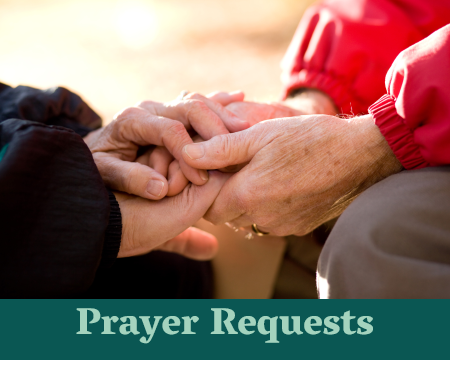
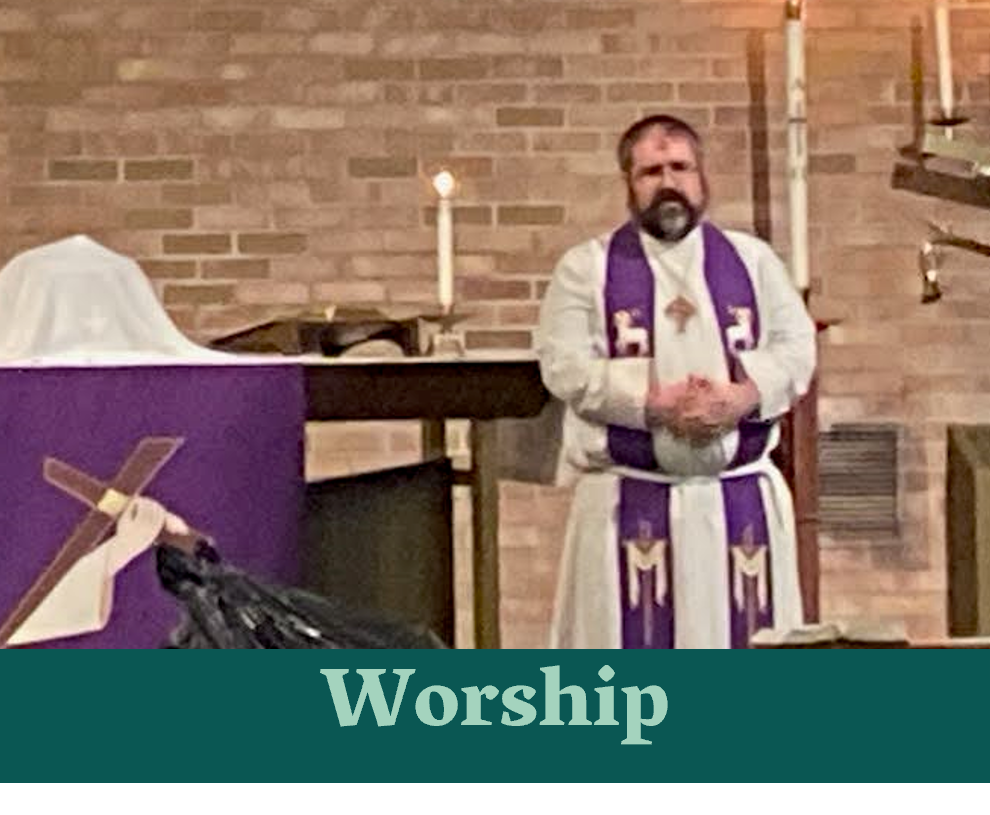
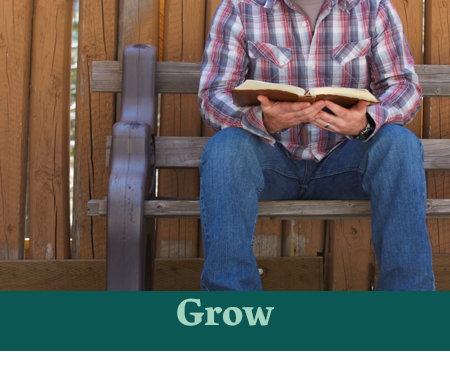
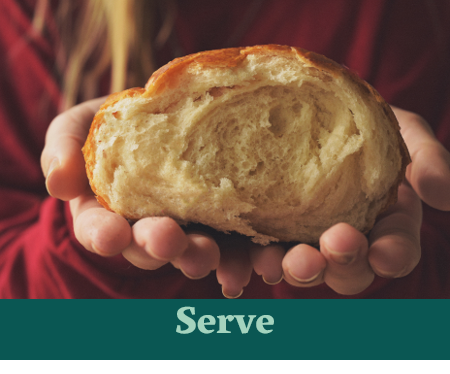
Comments
Login/Register to leave a comment